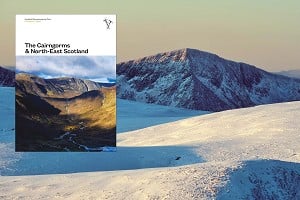
I know what you're thinking: he's going to start with that tired old gag about "I dunno, you wait for years for a bus and then along come…" so I'd better move on. Is this just another guidebook to add to the recent offerings? Do we need another guidebook to the area? For occasional visitors to North Wales the information that they seek is probably already out there although this is the only book that contains some significant first ascents from the last few months. In fact we had better double that because this entire guidebook is also soon to be available as an app for Android and iOS formats; I’m told that this is the first definitive guide to be made available in this way.
This guidebook is a definitive guide to a selective area, which may get you scratching your head a bit! Basically, we have a road trip from Mold to Bennlech, taking in every limestone crag within a few miles of the A55 along the way, as well as the contrasting yet complementary volcanic outcrops that assert themselves along the way. Firstly, do the authors have the right credentials for such an ambitious undertaking? Well, I can't think of a stronger team: Pete Harrison has been virtually insitu for the last couple of years, almost single-handedly checking and replacing fixed gear on huge swathes of limestone and also putting this in-depth knowledge to good use with new routes both sport and trad. Andy Boorman... wait, didn't you see his name in the first Andy Pollit guide to the area? Yes, he was Pollit's early mentor and helped with explorations and route descriptions in both of Andy Pollitt's 80's guides, as well as providing the rear cover photo for the '87 edition. He has also been a leading light in the re-equipping of hundreds of routes in the area.
Unfortunately, until recently, the excellent work undertaken to re-equip Pen Trwyn Upper and Lower tiers in the early 90's inadvertently led to further neglect of the many surrounding areas, where thousands of climbs were mouldering further into obscurity. I suspect that I made the final ascent of The Big Flake in the Little Zawn and hand-edited my guidebook accordingly: "mainly (crossed out and 'never' written in) on sound rock…. The final pitch often contains some grass (rock)." That pitch is quite rightly consigned to history (better described as a vertical field!) but the amount of re-equipping and new routing that has been completed over the last few years is quite staggering. One such area is the Hornby Crags; still adventurous and perched over an enormous drop to the sea but now equipped with reliable anchors for sport climbing and cleaned rock for the remaining trad lines. This provides excellent sport in winter and also a viable alternative for high tides in the school holidays when access to the roadside crags is banned.
Another significant development for the area is the development of a number of easier sport climbs in the grade range from 3-6a that were notably lacking in the past. While some of these lack the stature or quality to be regarded as classics, they have been well-cleaned (indeed the BMC has had to step in occasionally to mediate with the landowner!) and are already proving popular with individuals, families and also instructional groups.
Rather controversially, Craig y Forwen is included in full but only partly updated. Readers should pay close attention to the Access description, because the situation remains complex and, in places, sensitive.
There are literally thousands of climbs listed in this guidebook. I've compared many of the grades with my notes gathered after previous sandbagging and can confirm that, on the whole, the routes that I'm capable of getting up (both of them…!) are now graded correctly, so you can expect less bruising of your ego now, fewer walks of shame back to the car. A significant number of modern classics of all grades are not available in any other guidebook. In terms of access to information for a regular visitor it's a no-brainer. But let's look at the guidebook itself now in more detail.
It's certainly not a pocket book! Compared to the GroundUp North Wales Rock for example, its bigger and about the same thickness. Of the 452 pages, almost 30 constitute the history section, which you will probably resent if you want a guidebook for the multi-pitch routes! The "bull's-eye" history information is where it should be though - first ascensionists are listed with the route description. It has a stiff glossy cover but, like many guides, relies on the inner cover page to hold it together, so I suspect that it will need to be handled with some care - in this respect it seems a bit less resilient than the plastic cover design favoured in the past by the CC. With so many pages I would have liked to see one of those ribbon bookmarks included (but would probably have resented the attendant price hike!)
This is a fully modern production with colour photo-topos throughout and much attention to detail. As you would expect, sport routes are colour coded - with 4 levels of difficulty. For better or for worse all trad routes are assigned a blue code, and boulder problems again have a single colour. I'm not sure about this; for me there is a bigger and more significance between VS and E5 than between 7a and 7a+ but trad routes are definitely in the minority on most crags in this book. I like the way that on many pages the route descriptions are wrapped around the outline of the hill or in some cases superimposed in a semi-opaque box; either way it's a good way to give a better impression of the route locations on the macro-scale.
Most of the photographs are pretty good, and some are downright inspiring. The introduction to Castell y Gwynt on pages 338-9 is the first worthy successor to Andy Pollit's 1981 frontispiece; both show the utterly stupendous Psychic Threshold (but now we have the correct caption!) and also the very useful additional information in the graded list; an additional 'sport grade' of 7b which really helps you know what you are letting yourself in for. This will be controversial but I for one welcome this (although I personally rejected Nick Dixon's recommendation to do this for the Tremadog guide!) Other personal favoourite photos include those on page 247 (although I have to declare a personal interest!) 6-7, 23, 279, 317, 354-5, 409, 428-9 but there are many more great images, including some interesting historical photos. However there are also a handful of real dogs, perhaps the worst offender being the photogenic Mumbo Jumbo which even the caption implicitly admits ('optical illusion legs' – we don't need optical illusions in a guidebook!) I have several better photos of this line including the first ascentionist repeating it. Occasionally the photo is let down by poor contrast. I know that many of the shots are taken in shady conditions but I'm more inspired by the 2 star rating to climb Primrose Walk than by the photo, for example. We have the welcome re-appearance of Dave Summerfield's classic shot of Gary Gibson spanning on Homo Sapien (only 2 stars???) but I have to say that it worked better in black and white in Rockfax 08 (credited there to Hazel Gibson, so who did press the trigger?!) I like the environmental sections, but you would be hard pushed to recognise a chough from the distant shot on page 21, and we could have cropped in a lot tighter too for the Old Fritillery – a Field Guide it definitely ain't.
Any other criticisms? Well, the yellow text on the front cover works really well, but looks insipid against the white background of the inside cover page. There are one or two typos – but spread over 452 pages you will be hard-pressed to find them – unless it's your name, Tom! There are one or two in-jokes that are too 'in' for me to fathom. But it's my job to pick faults though and there are not many. Is there enough information to keep me climbing for a lifetime? Certainly – though I will have to get a bit stronger! Is it inspiring? You bet! I showed my review copy to some locals at the base of the Diamond, and they loved it. So, what are you waiting for? It should be in the shops by the time you read this review.
About Steve Long
Steve Long (54) is an International Mountain Guide currently working as part-time Technical Officer at Mountain Leader Training UK and also serving as the president of the UIAA's Training Standards Working Group. He is a founding member of the Association of Mountaineering Instructors, and worked at Plas y Brenin as a senior instructor for 12 years. He is the author of the popular instructional DVD Self-Rescue for Climbers and also the definitive text for mountain leaders: Hillwalking, as well as various over projects such as the current Tremadog guidebook.
Steve is a keen and active climber, equally at home on rock or ice; and has visited every continent for mountaineering activities. Climbing highlights include one of the few British ascents of Cerro Torre, several routes on the Troll Wall, canyoning and big walling in Borneo (Low's Gully), a winter ascent of the Dru's French Direct and various other big walls; the most recent being the Fish route on the Marmolada. Steve also regularly works with climbing federations from other countries to help them set up their own leader and instructor training schemes: current projects include Nepal, Ladakh, Israel, Turkey and Portugal.

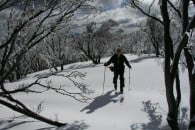

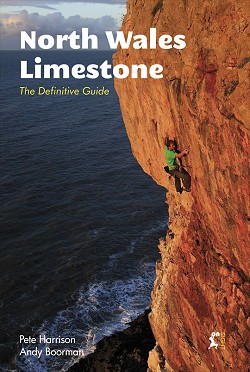
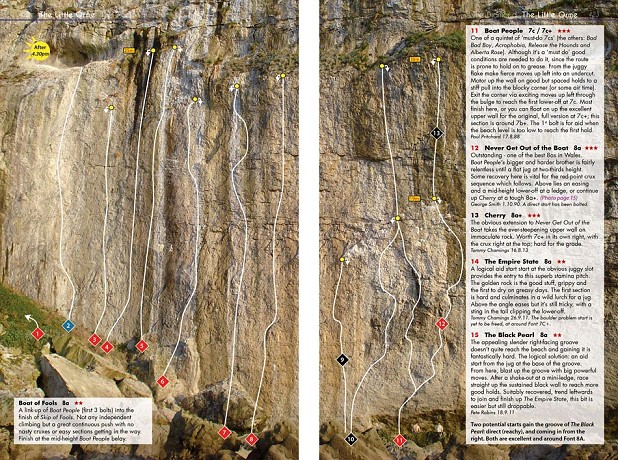

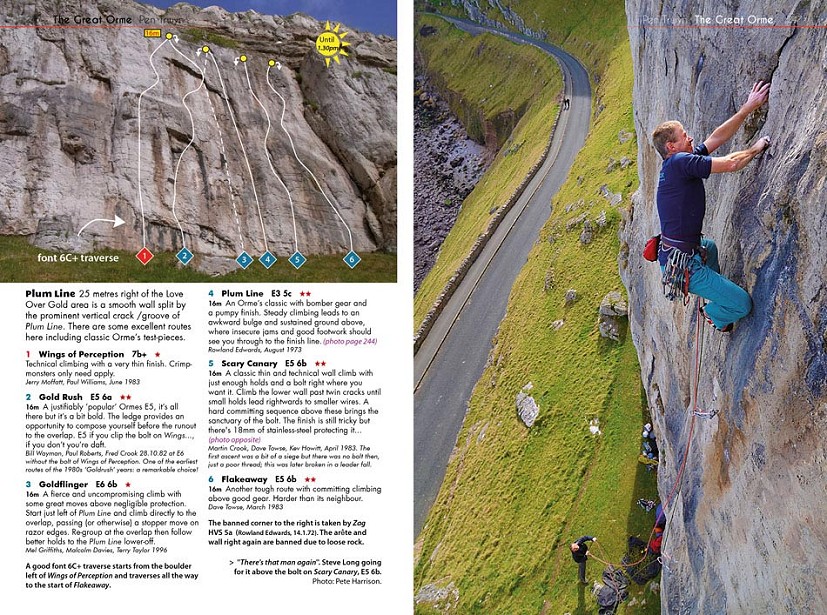
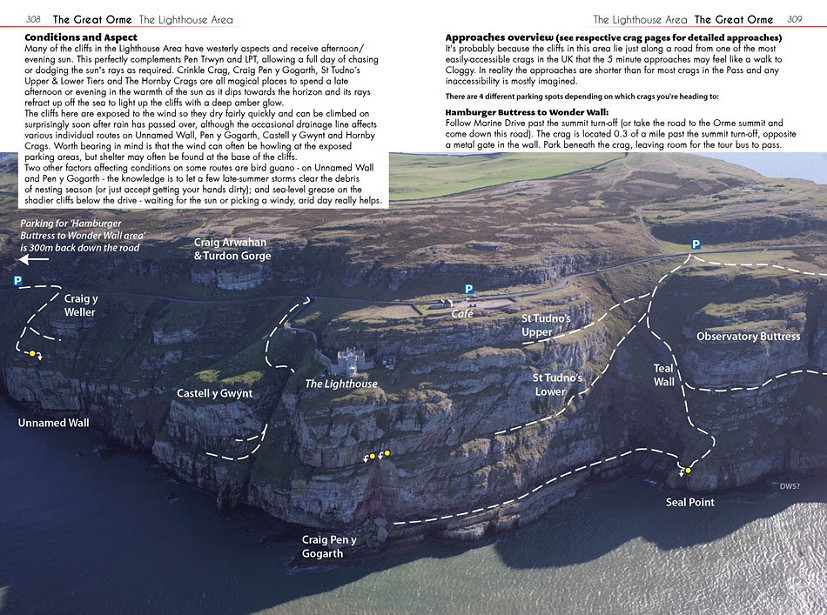

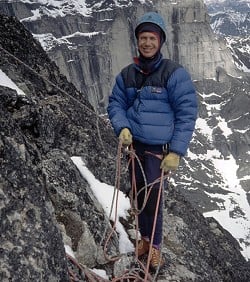
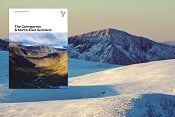
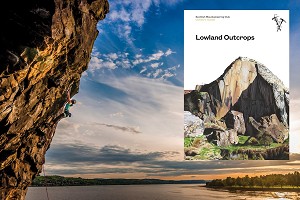
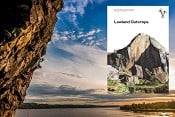


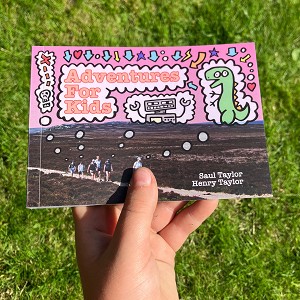
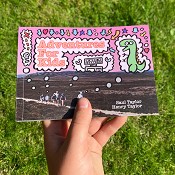
Comments